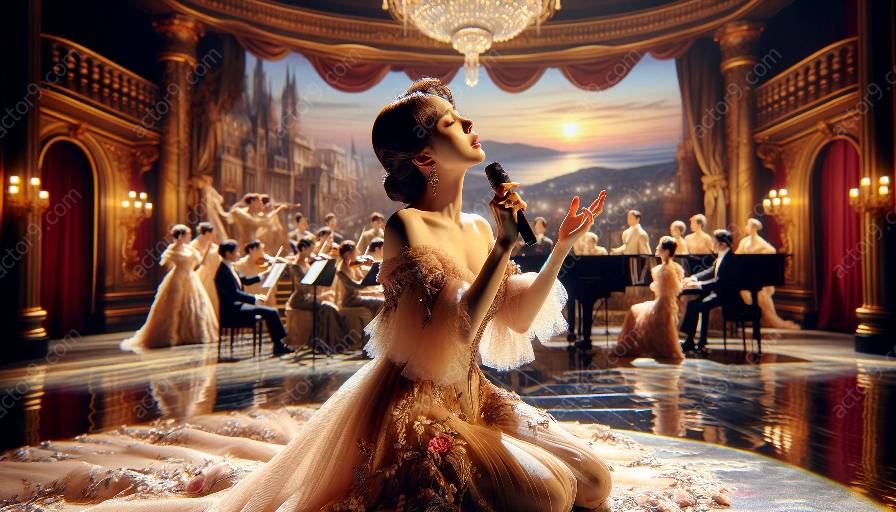Falsetto singing represents a unique and fascinating aspect of vocal performance, characterized by a distinctively high pitch and ethereal quality. The crossover between classical and contemporary falsetto singing offers an intriguing exploration of the historical roots and evolution of this vocal technique, while also delving into the various vocal and falsetto singing techniques employed.
The History of Classical and Contemporary Falsetto Singing
The origins of falsetto singing can be traced back to early forms of vocal expression in both classical and folk music traditions. In classical music, falsetto singing has been utilized in operatic performances, particularly in the portrayal of castrati roles in Baroque and early Classical operas. This unique vocal style served as a means to achieve extraordinary pitch and emotional resonance, often evoking a sense of otherworldly beauty and power.
Meanwhile, in contemporary music, falsetto singing has become increasingly prominent across various genres, including pop, R&B, and soul. Artists such as Prince, Michael Jackson, and Justin Timberlake have notably incorporated falsetto passages in their songs, adding a distinctive and compelling element to their vocal performances.
Techniques and Vocal Expertise in Falsetto Singing
The practice and mastery of falsetto singing techniques requires a deep understanding of vocal physiology, breath control, and resonance. Classical falsetto singing often involves rigorous vocal training to develop a strong and controlled upper register, allowing singers to navigate through intricate melodic lines and expressive phrasing with precision and clarity.
In contrast, contemporary falsetto singing may emphasize emotive delivery and stylistic nuances, calling for a balance between vocal agility and expressive interpretation. This approach often involves exploring the full vocal range, seamlessly transitioning between chest voice and falsetto to convey a wide spectrum of emotions and musical textures.
Integration of Classical and Contemporary Approaches
As the boundaries between classical and contemporary music continue to blur, the crossover between classical and contemporary falsetto singing presents an opportunity for vocalists to expand their artistic versatility and creative expression. By integrating elements from both traditions, singers can enrich their vocal performances with a dynamic fusion of technical prowess and emotional depth.
Furthermore, the exploration of falsetto singing techniques and vocal expertise serves to inspire and educate aspiring singers, providing valuable insights into the artistry and dedication required to master this captivating vocal style.
Conclusion
The intricate interplay between classical and contemporary falsetto singing encapsulates the rich tapestry of vocal artistry, offering a compelling narrative of tradition, innovation, and boundless creativity. Whether in the soaring arias of an operatic masterpiece or the soulful melodies of a modern pop ballad, falsetto singing continues to captivate audiences worldwide, bridging the past and present with its timeless allure.









































